DevOps, Day - 39
 Vrishni Shree V B
Vrishni Shree V B
By this time you have created multiple EC2 instances, and post installation manually installed applications like Jenkins, docker etc. Now let's switch to a little automation part. Sounds interesting??🤯
AWS
Amazon Web Services is one of the most popular Cloud Providers that has a free tier for students and Cloud enthusiasts for their Hands-on while learning (Create your free account today to explore more on it).
Read from here
User Data in AWS
When you launch an instance in Amazon EC2, you have the option of passing user data to the instance that can be used to perform common automated configuration tasks and even run scripts after the instance starts. You can pass two types of user data to Amazon EC2: shell scripts and cloud-init directives.
You can also pass this data into the launch instance wizard as plain text, as a file (this is useful for launching instances using the command line tools), or as base64-encoded text (for API calls).
This will save time and manual effort every time you launch an instance and want to install any application on it like Apache, docker, Jenkins etc
Read more here
IAM
AWS Identity and Access Management (IAM) is a web service that helps you securely control access to AWS resources. With IAM, you can centrally manage permissions that control which AWS resources users can access. You use IAM to control who is authenticated (signed in) and authorized (has permissions) to use resources. Read from here
Get to know IAM more deeply🏊Click Here!!

Step 1: Start the instance where you have installed Jenkins previously.

Step 2: Edit inbound rules
Select your instance --> Security --> Click launch-wizard-**

click on Edit inbound rules
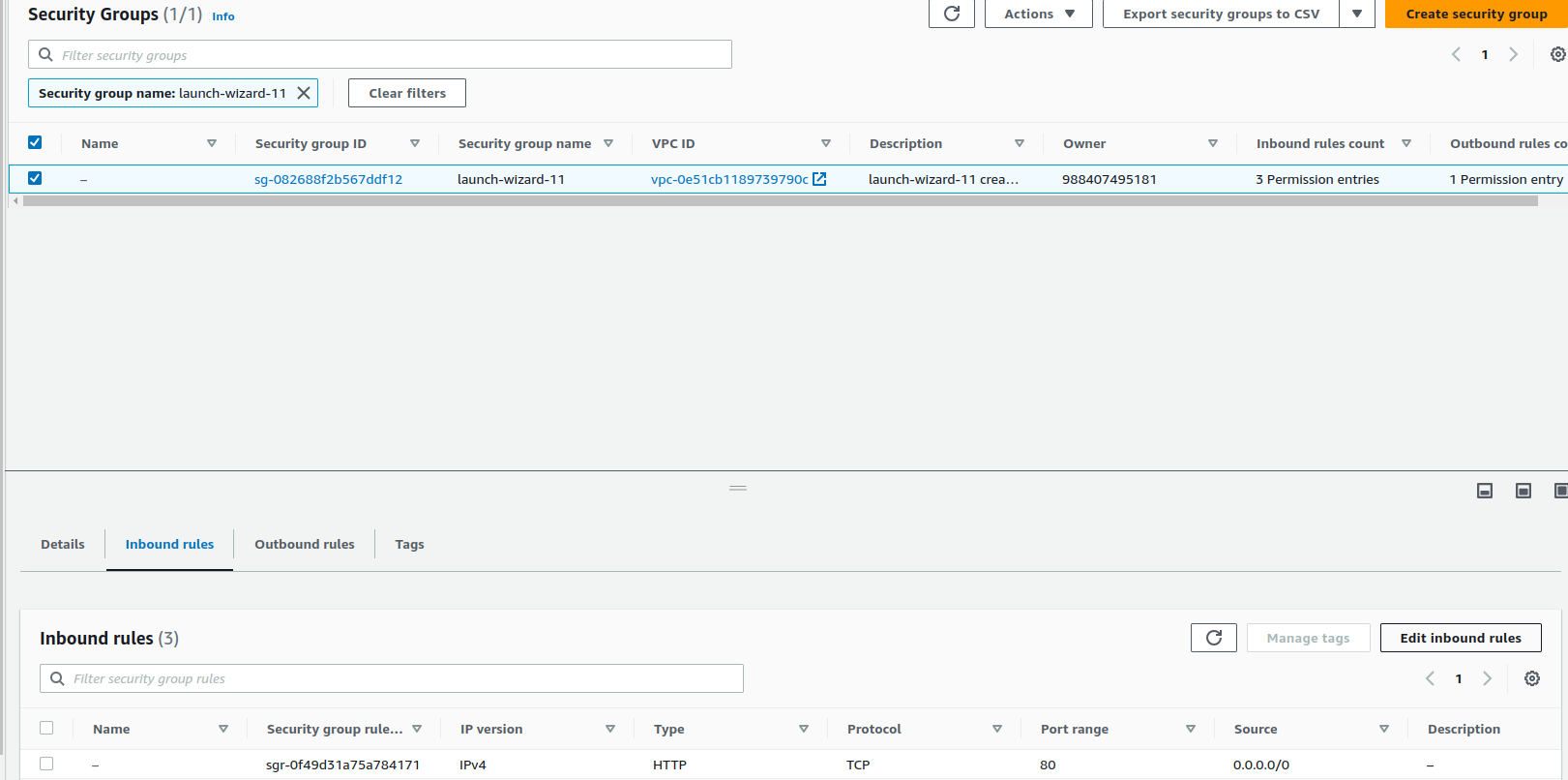
Click Add rule --> allow inbound traffic on port 8080 for Jenkins
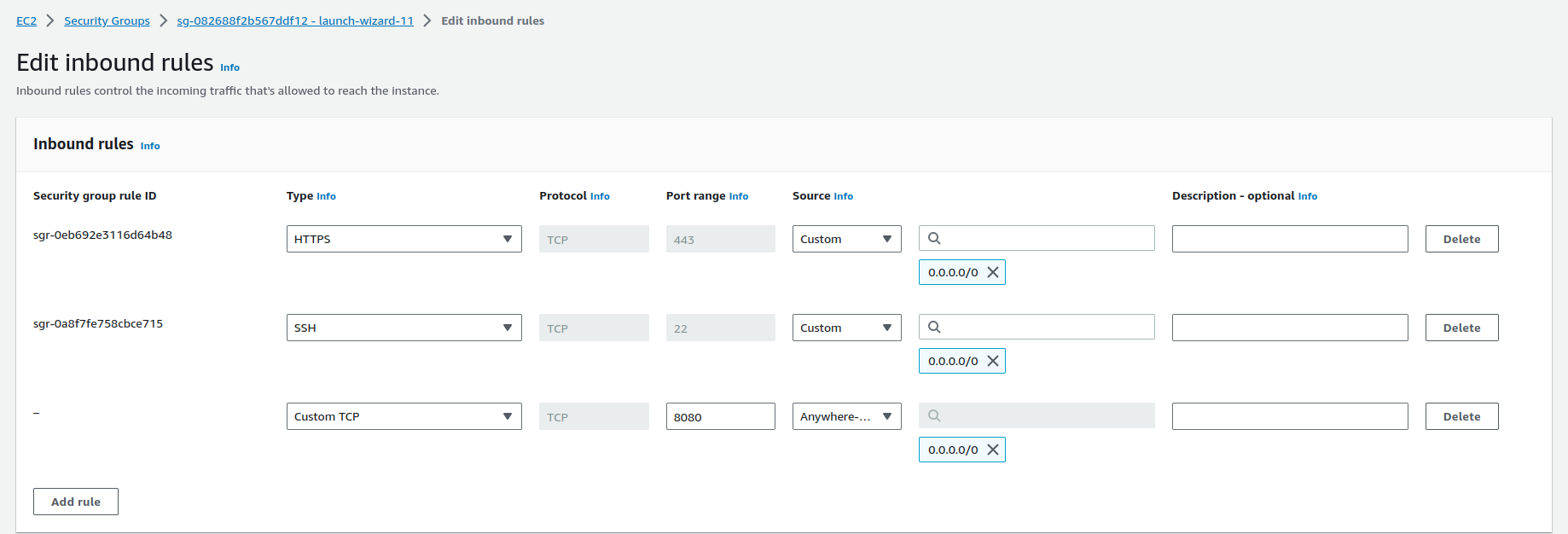
Step 3: Access Jenkins using your instance's public IP
e.g: <public-ip>:8080
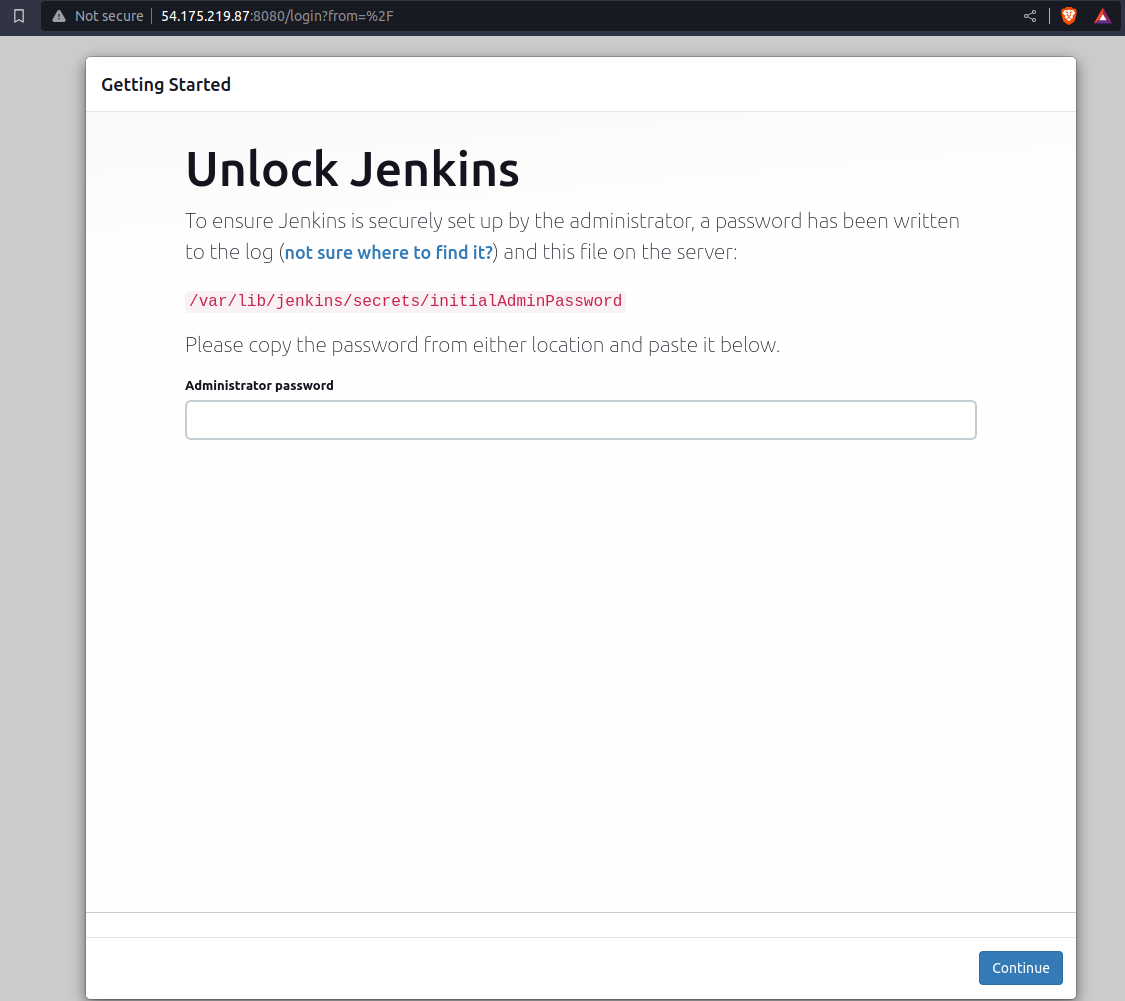

Step 1: Search IAM --> Click on Roles
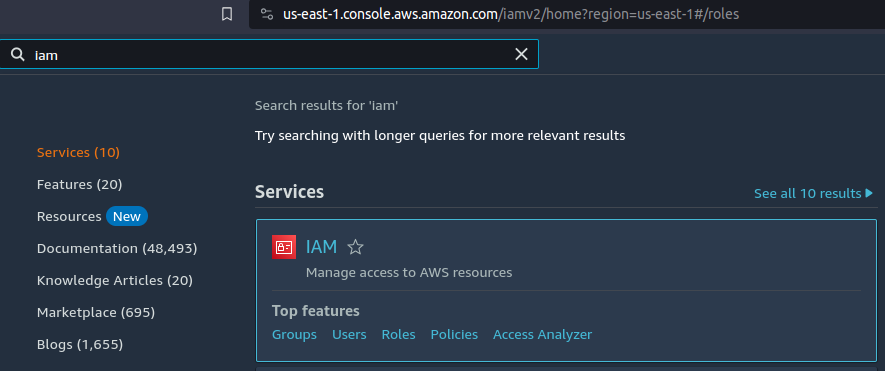
Step 2: Click on Create role

Step 3: Select as shown --> Next

Step 4: in add permission block, just click on the next.
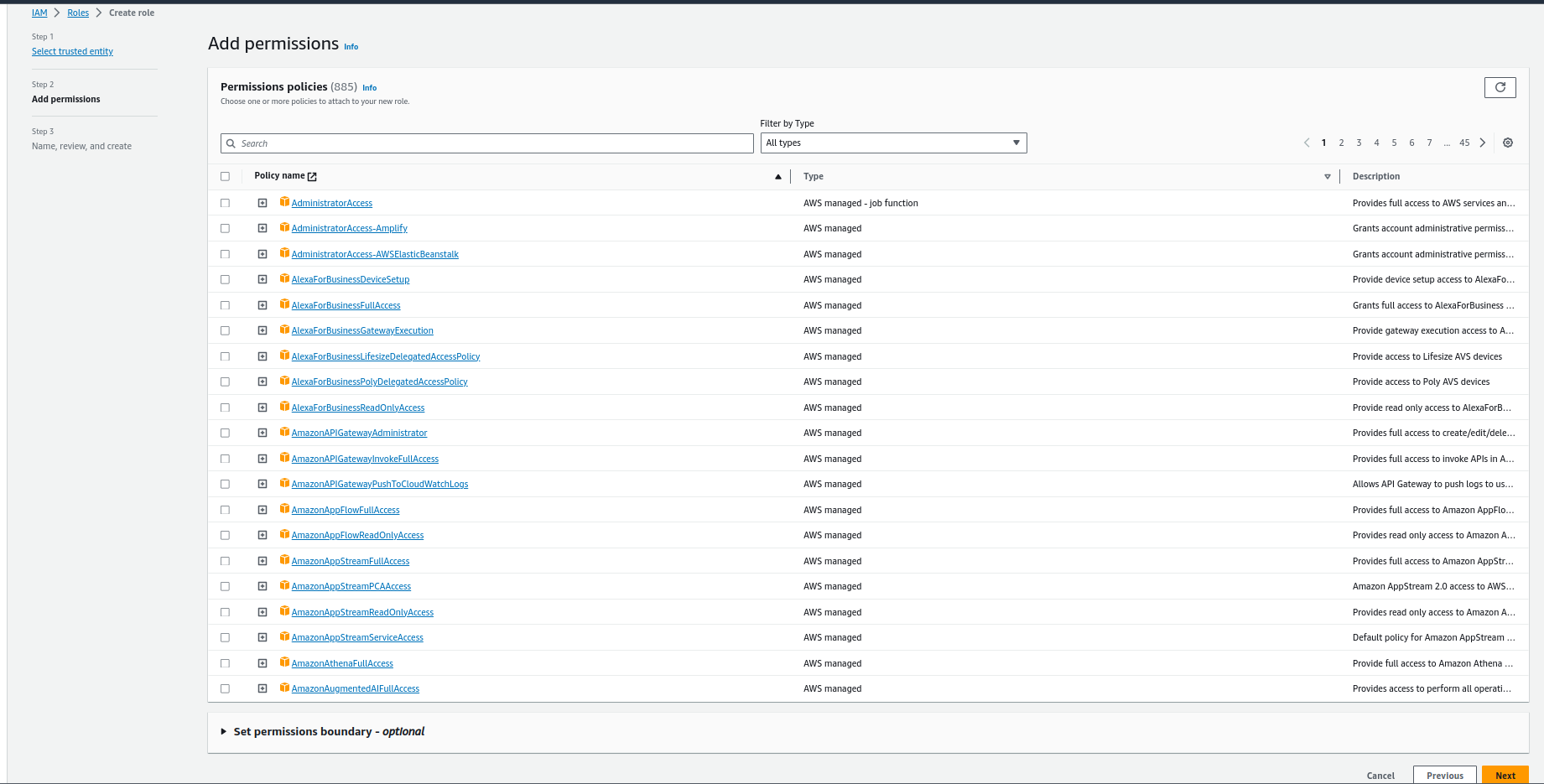
Step 5: Now create 3 roles with the names specified in the task 2.
- Devops-user

- Test-user
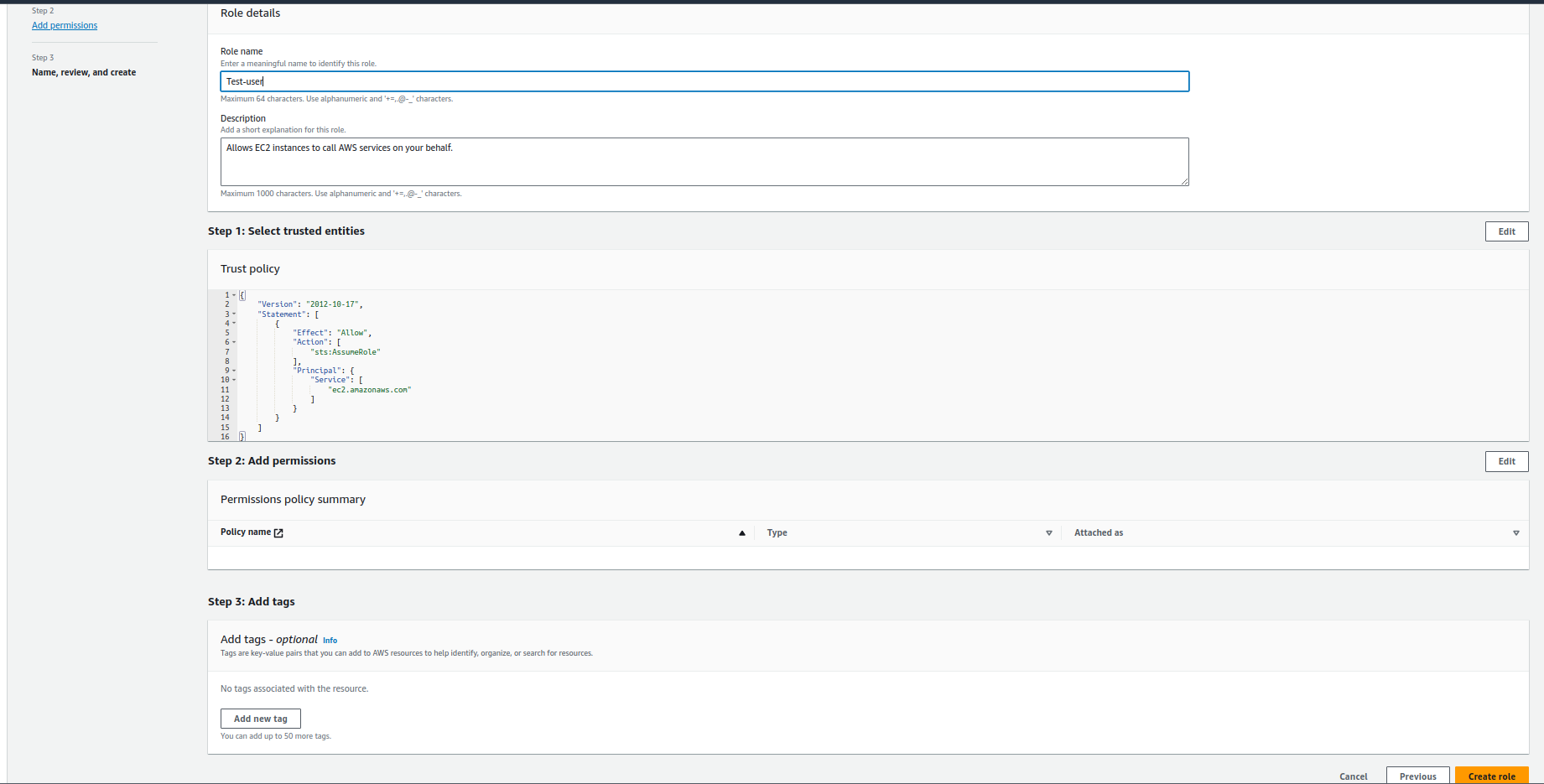
- Admin
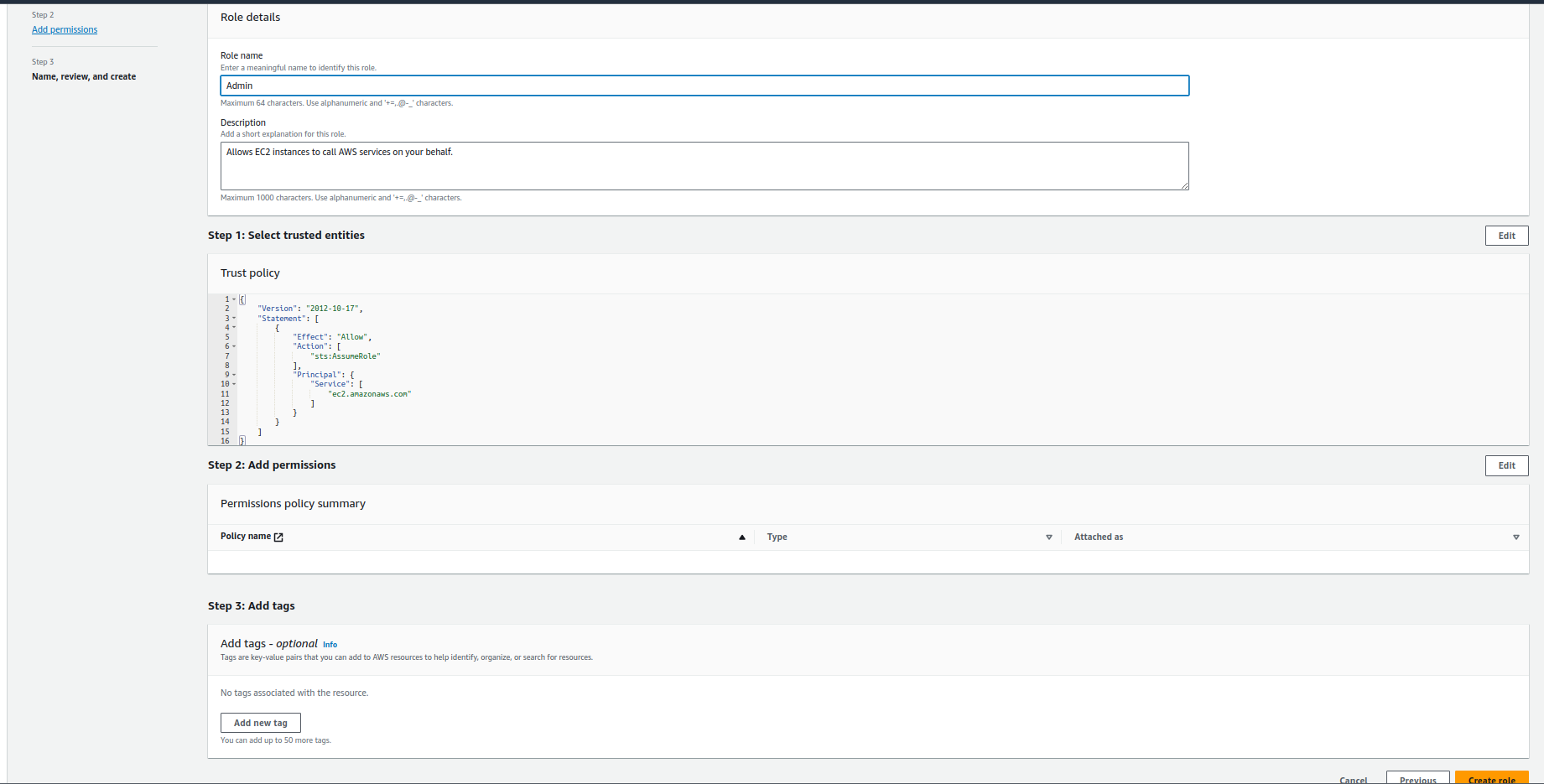
Step 6: Now we can see the created users below...
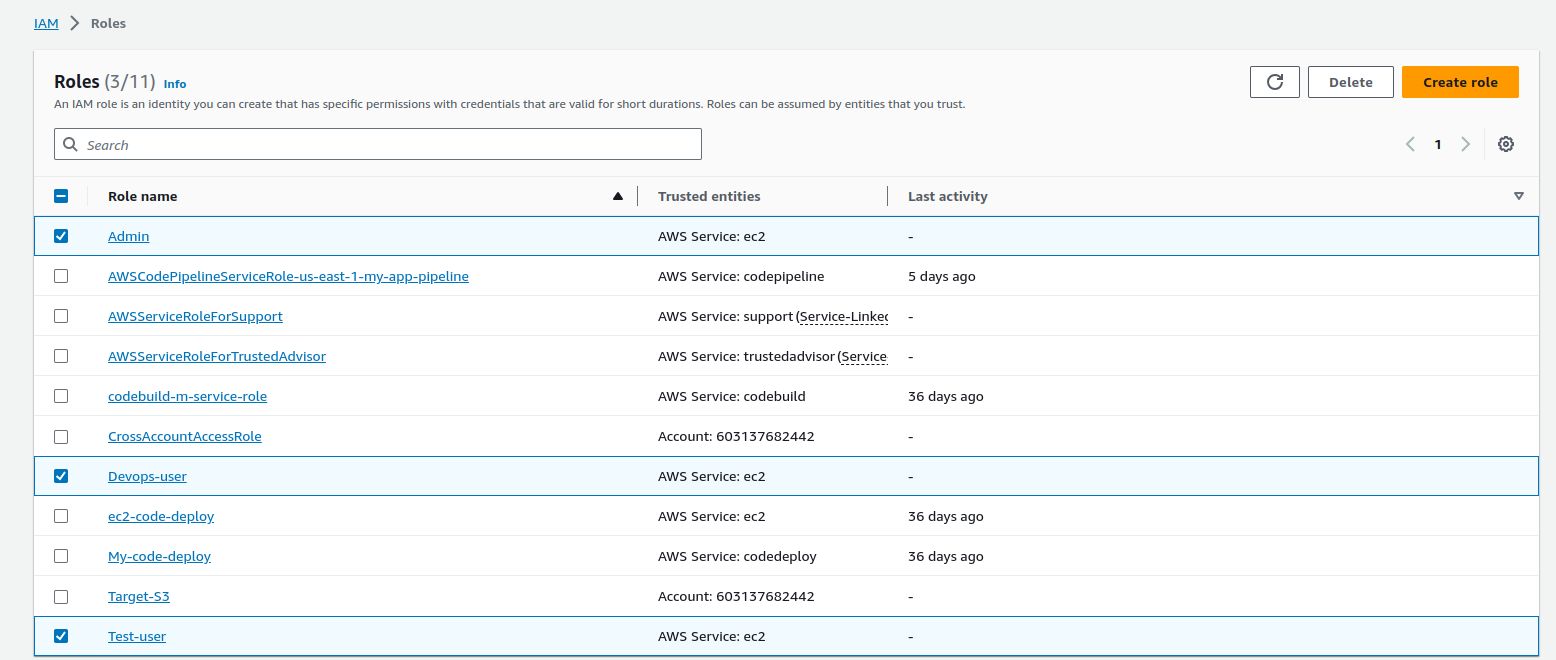
Thank you so much for reading
Follow me on LinkedIn to see interesting posts like this : )
Subscribe to my newsletter
Read articles from Vrishni Shree V B directly inside your inbox. Subscribe to the newsletter, and don't miss out.
Written by

Vrishni Shree V B
Vrishni Shree V B
💻 Python | Docker | Jenkins | Networking | Git | Linux 💻 Passionate about leveraging technology to drive efficiency and deliver innovative solutions. Proficient in Python development, Docker containerization, Jenkins automation, computer networking, Git version control, and Linux administration. Skilled in collaborating with diverse teams to deliver high-quality software products. Proficient in AWS EC2 instance management and deployment. Seeking new opportunities to apply my expertise and contribute to impactful projects. Let's connect and explore how we can work together! Inter-personal Skills: Communication, Adaptability, Emotional intelligence, Active listening, Collaboration. Happy To Connect🔗😊 Feel free to reach me out😃@ --> vrishnishreevb531@gmail.com 📬